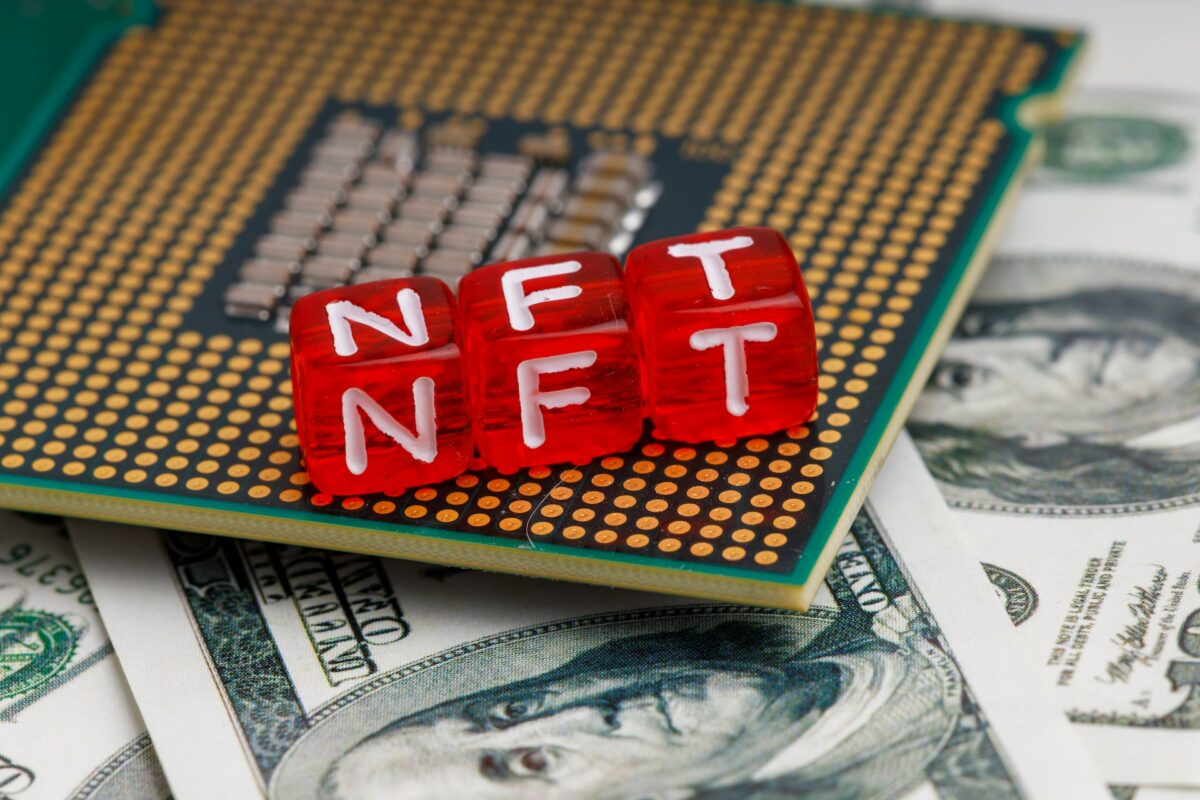Numbers matter, but different numbers matter differently. To me, one of the great confusions in marketing is extent and value:
- Extent – how far your brand reaches.
- Value – how much your brand is worth (both literally in the minds of the market and in terms of margin in the minds of consumers).
The temptation is to assume that the brands with the greatest reach must (ultimately) be worth the greatest amount of money and therefore have the greatest value. But to my mind that’s an assumption too far, because of course extent does not monetize or convert to sales consistently, and the value that can therefore be placed on that extent varies greatly.
Does a brand with more likes make more profit than a competitor that doesn’t have as many? Sometimes. Perhaps. I guess. And what’s the critical gap? At what point does extent start to bite? Don’t know.
I’ve seen lots of assertions about the value of reach, but few about the cumulative bottom line effects for most brands with a social media presence.
I’m not saying for one moment there isn’t a relationship, or that a business case cannot be made. I am saying that the two terms are often confused and I haven’t seen the case made well, except for brands that do use their reach directly to monetize their model like Google obviously.
If you’re a retail brand, the fact that your brand has X,000 followers or X,000 likes or even X,0000,000 visitors indicates reach, and therefore influence and possibly authority – but there is no way a lot of brands can quantify that on a balance sheet. There is no automatic translation. Therefore it does not have tangible economic value. It has potential. It shows inclination, even preference. And those are important emotional metrics for brands because they can show whether you are maintaining interest and relevance, but I have yet to see an evidence-based correlation between those numbers and what customers are therefore prepared to pay in terms of increased margin.
A lot of people clapping doesn’t always ring the till.
In fact, in the case of Apple, the model works in reverse – they have less reach than other brands in terms of market penetration, but the monetization of their brand, via the prices they ask and the margin they generate, is huge.
Part of the problem of course is that reach can quickly extend to millions and millions of people, but it can also quickly retract, so it’s a model with significant in-built volatility. To paraphrase Heidi Klum, “one day you’re in and the next day you’re out”. That reference is not as far-fetched as it may first appear. The social crowd is also a very fashion-conscious crowd.
Enjoy your reach by all means. Follow your analytics. Attract followers and likes. Lift your Klout score. But please don’t assume that means that one day you’ll be able to bank on them.
The Blake Project can help you with your social engagement strategy. Email us to find out more.
Branding Strategy Insider is a service of The Blake Project: A strategic brand consultancy specializing in Brand Research, Brand Strategy, Brand Licensing and Brand Education





One comment
Aurelie Chazal
April 28, 2015 at 1:50 am
Very interesting article and oh so true.
The number of likes or followers doesn’t mean much nowadays. It’s all about how engaged these followers are.
I was reading a comment recently on one of Buffer’s post. Someone pointed out that Guy Kawazaki’s audience wasn’t really engaged with his tweets. I went and checked up and it’s true. Buffer gets a lot more engagement than Guy on twitter. And he has hundreds of thousands more followers.
Comments are closed.